GPCR/G protein

All GPCRs share a common seven trans-membrane structure. GPCRs are associated with heterotrimeric G-proteins which are GTP-binding proteins made of alpha, beta, and gamma subunits. When a ligand binds to GPCR, it activates the attached G-protein, the GDP is replaced with GTP. The activated G-protein then dissociates into an alpha and a beta-gamma complex which activates downstream signaling pathways. These intracellular signaling pathways include cAMP/PKA, calcium/NFAT, phospholipase C, protein tyrosine kinases, MAP kinases, PI-3-kinase, nitric oxide/cGMP, Rho, and JAK/STAT.
GPCRs are one of the most important therapeutic targets for various diseases, over 30% of all modern medicinal drugs target this family. Aberrant GPCR functions are involved in pathological conditions such as neurological, immunological and hormonal disorders. A large number of GPCRs have been identified, but whose ligands are not known, are classified as orphan receptors.
-
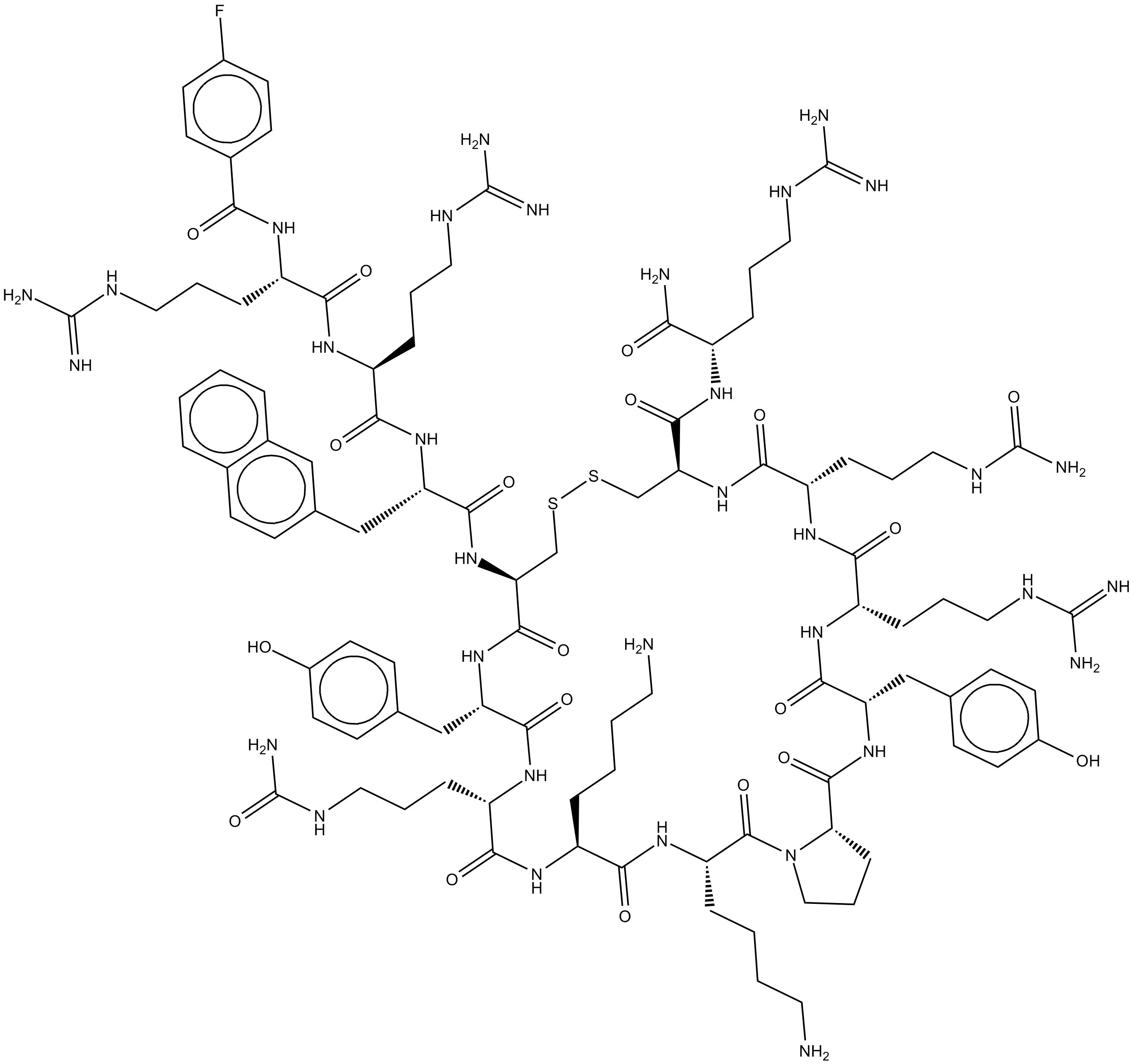 B7833 BKT140Summary: CXCR4 antagonist
B7833 BKT140Summary: CXCR4 antagonist -
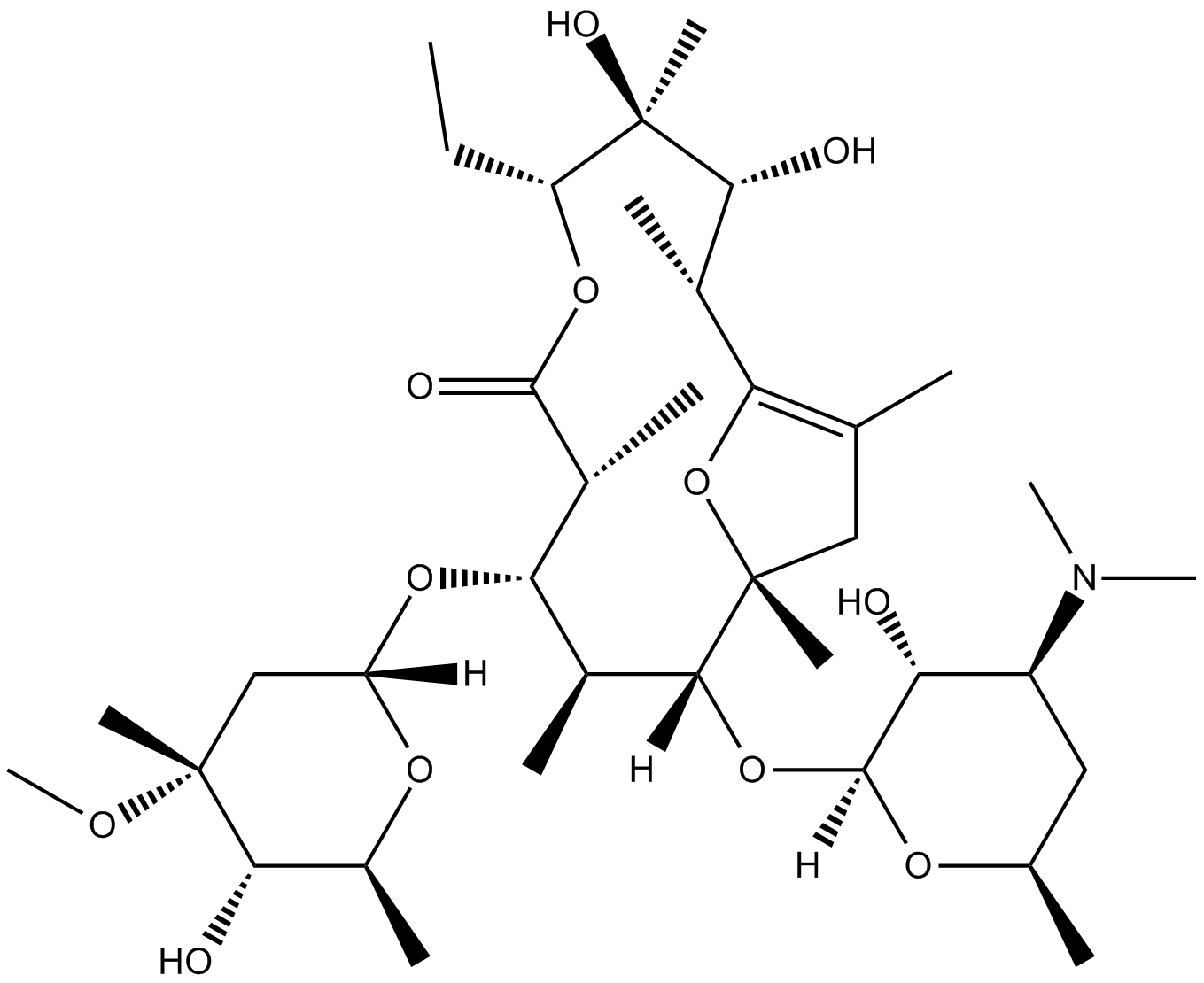 C3019 Erythromycin A enol etherSummary: β-turn mimic of the peptide hormone motilin
C3019 Erythromycin A enol etherSummary: β-turn mimic of the peptide hormone motilin -
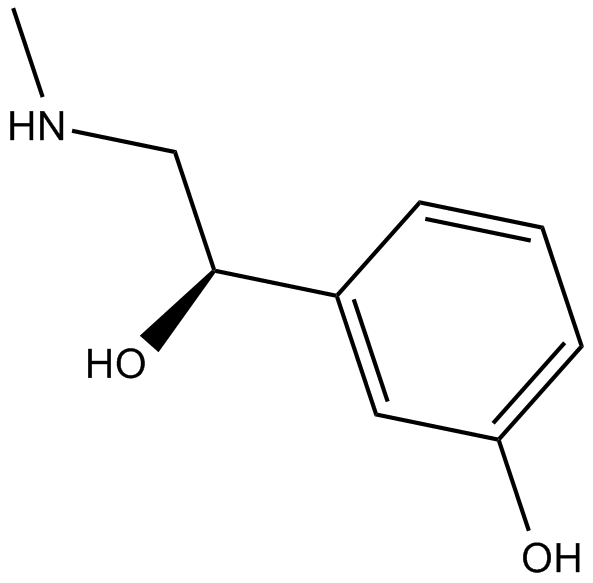 C3021 L-PhenylephrineSummary: adrenergic α1A receptor agonist
C3021 L-PhenylephrineSummary: adrenergic α1A receptor agonist -
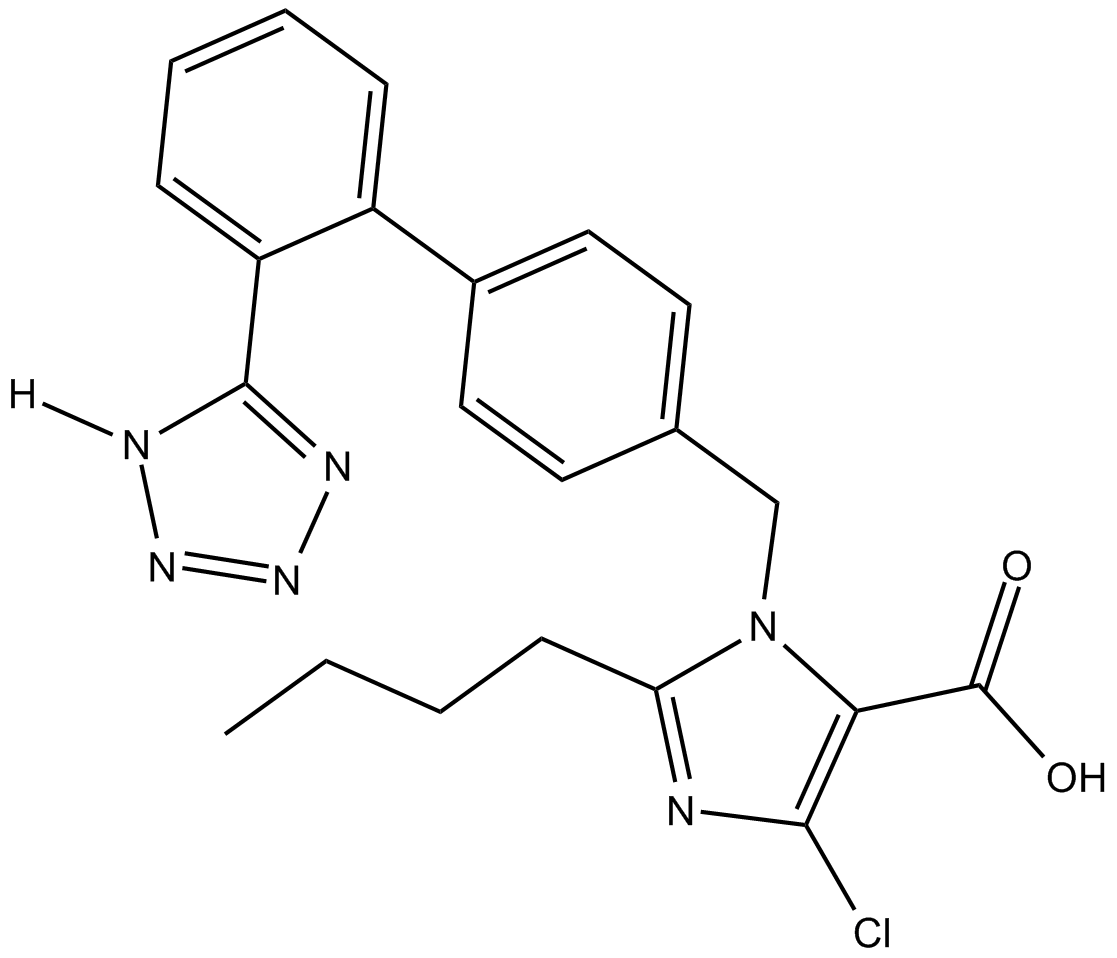 C3065 Losartan Carboxylic AcidSummary: AT1 antagonist
C3065 Losartan Carboxylic AcidSummary: AT1 antagonist -
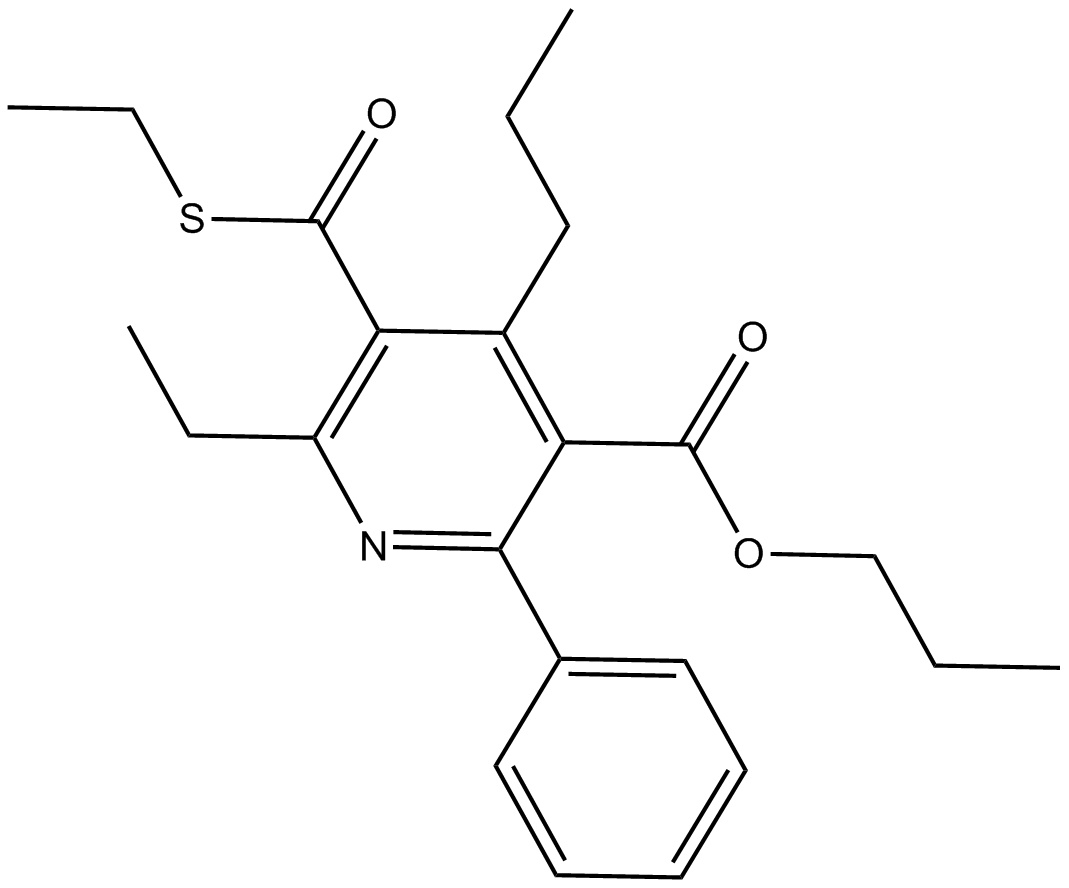 C3068 MRS1523Summary: adenosine A3 receptor antagonist
C3068 MRS1523Summary: adenosine A3 receptor antagonist -
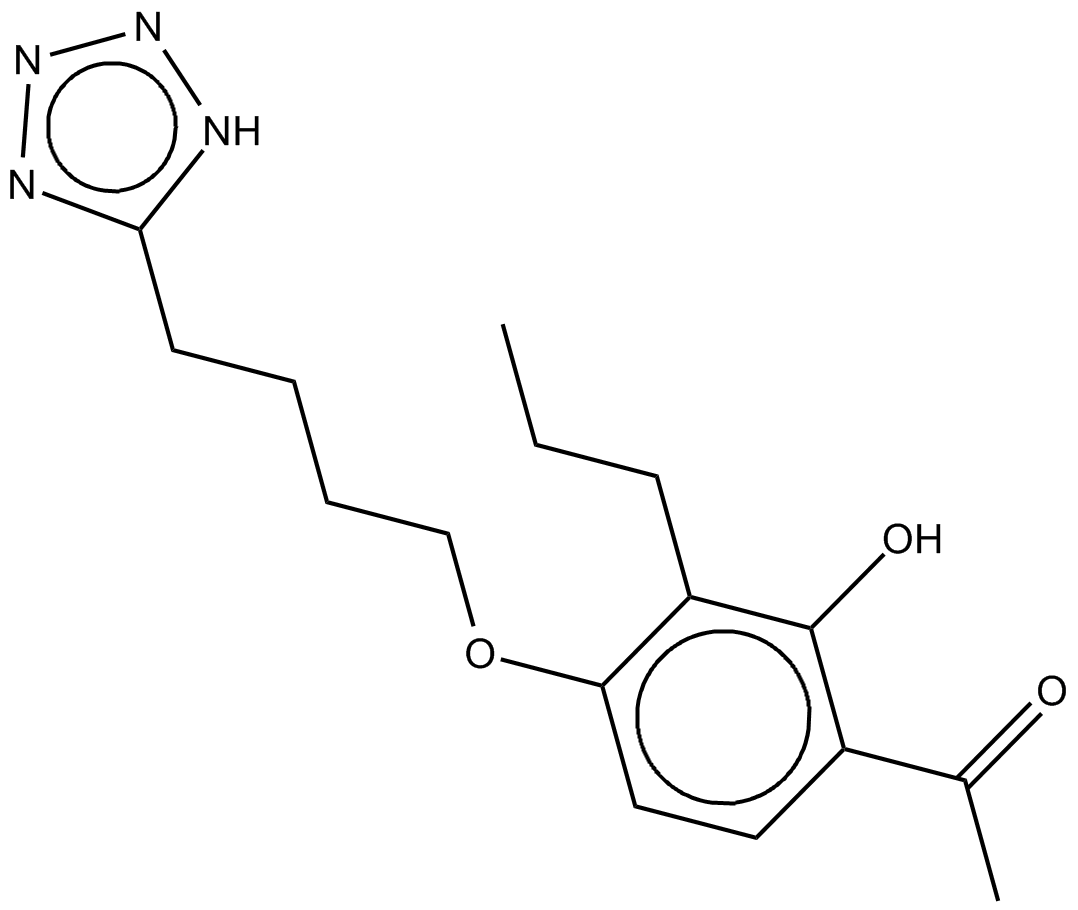 C3110 LY171883Summary: leukotriene D4 receptor antagonist, orally active
C3110 LY171883Summary: leukotriene D4 receptor antagonist, orally active -
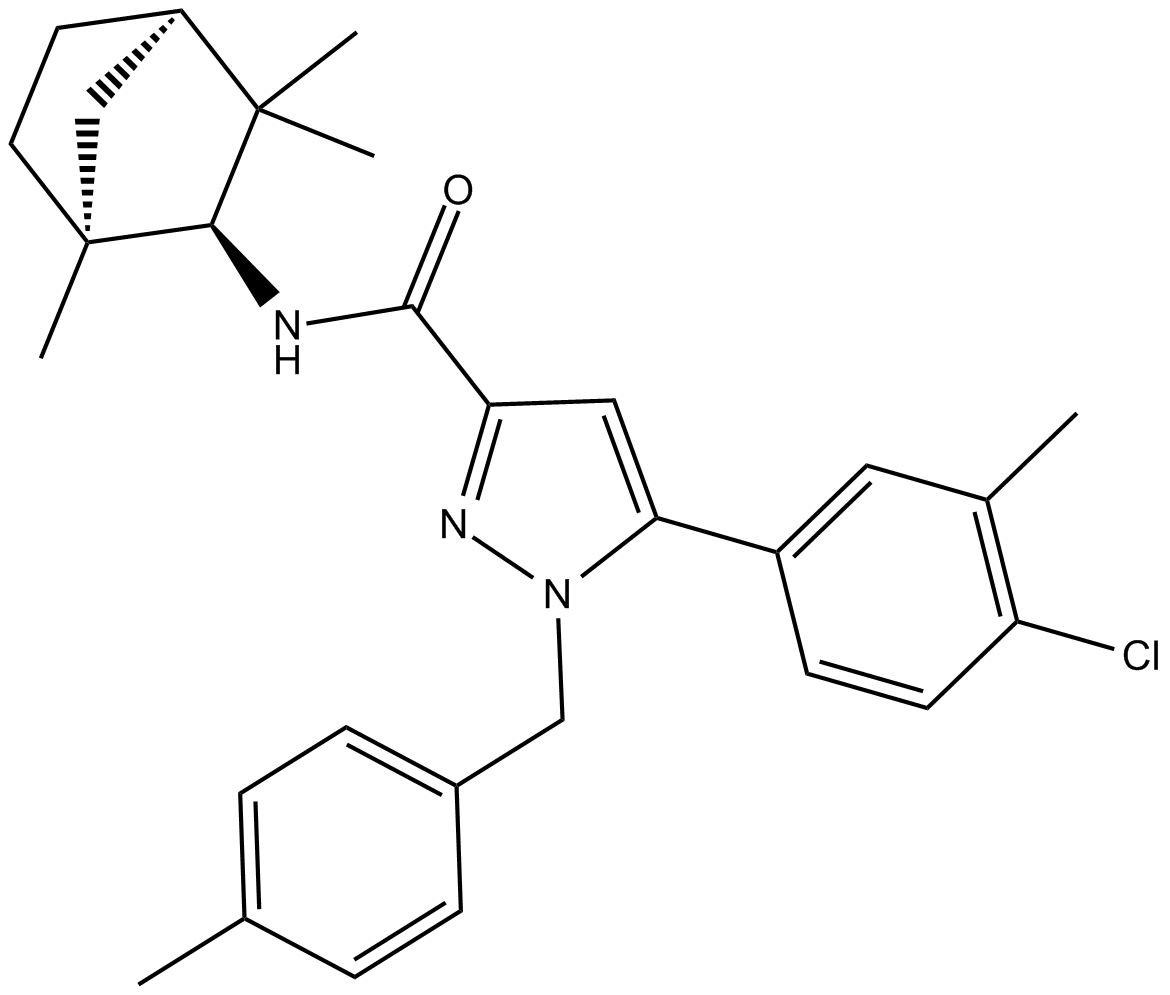 C3113 SR 144528Summary: CB2 receptor inverse agonist
C3113 SR 144528Summary: CB2 receptor inverse agonist -
 C3123 FlibanserinSummary: full agonist of the serotonin 5-HT1A receptor and an antagonist of 5-HT2A.
C3123 FlibanserinSummary: full agonist of the serotonin 5-HT1A receptor and an antagonist of 5-HT2A. -
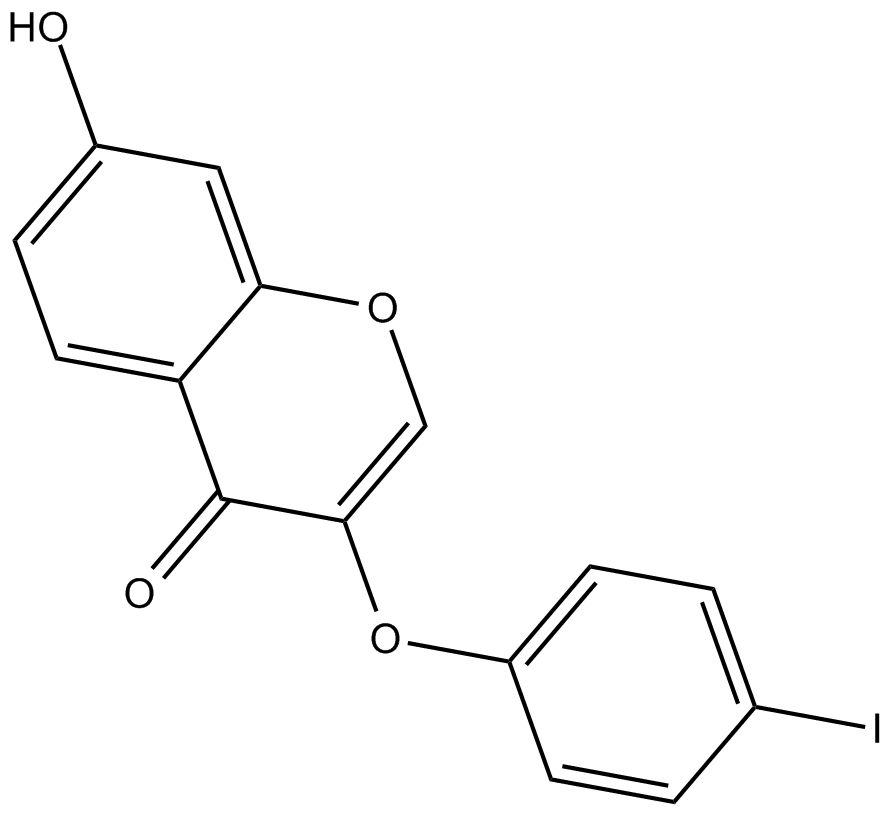 C3220 XAP044Summary: mGluR7 antagonist
C3220 XAP044Summary: mGluR7 antagonist -
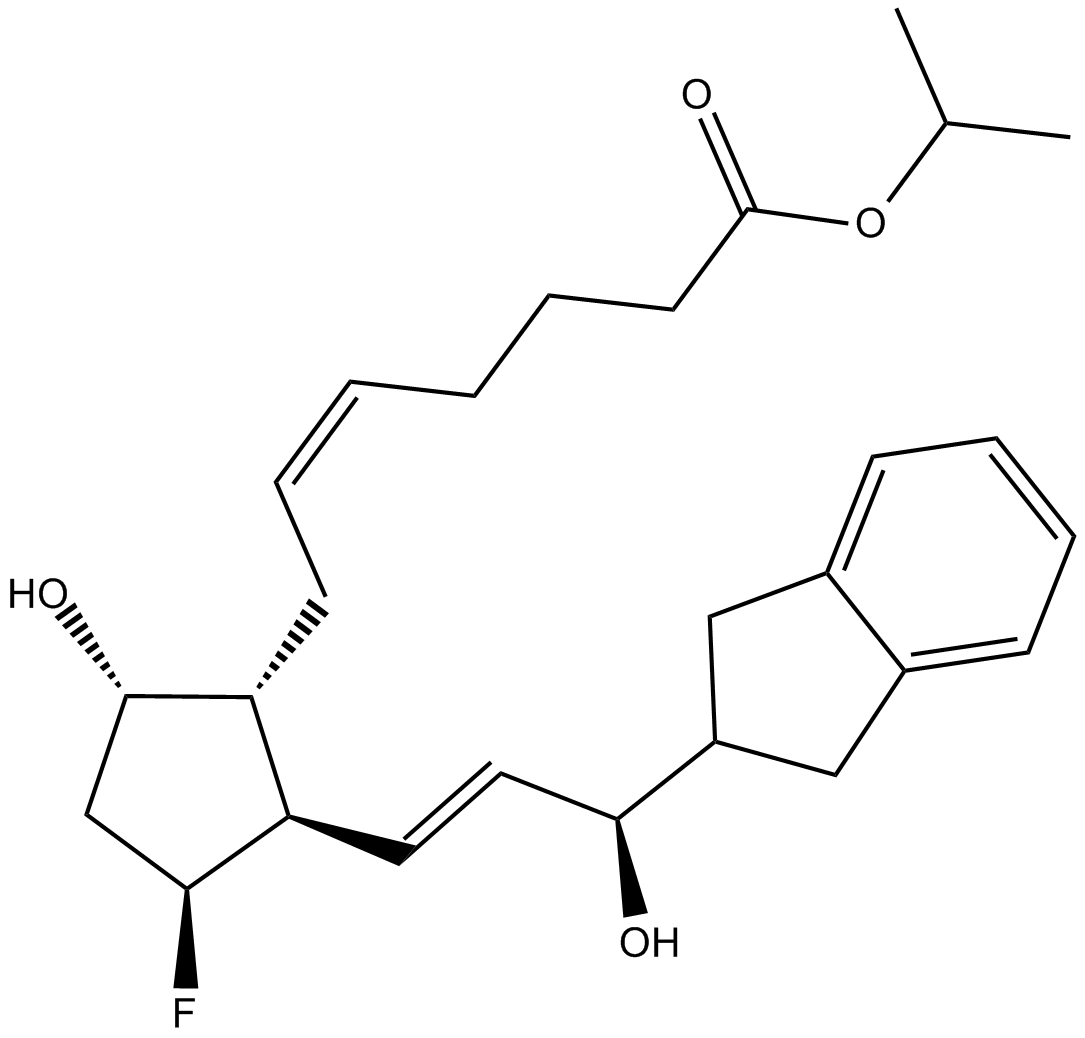 C3240 AL 8810 isopropyl esterSummary: lipid soluble, esterified prodrug form of AL 8810, a FP receptor antagonist
C3240 AL 8810 isopropyl esterSummary: lipid soluble, esterified prodrug form of AL 8810, a FP receptor antagonist

